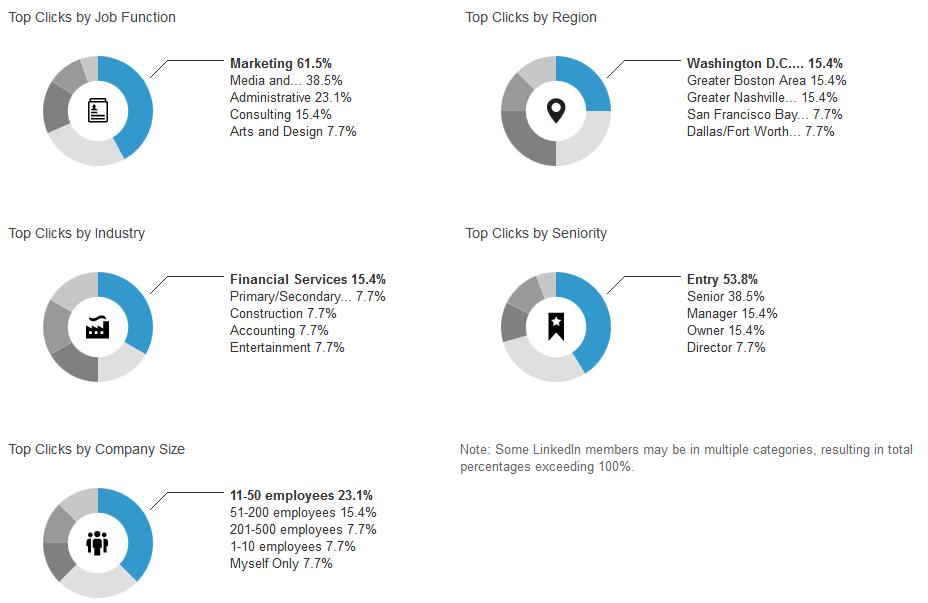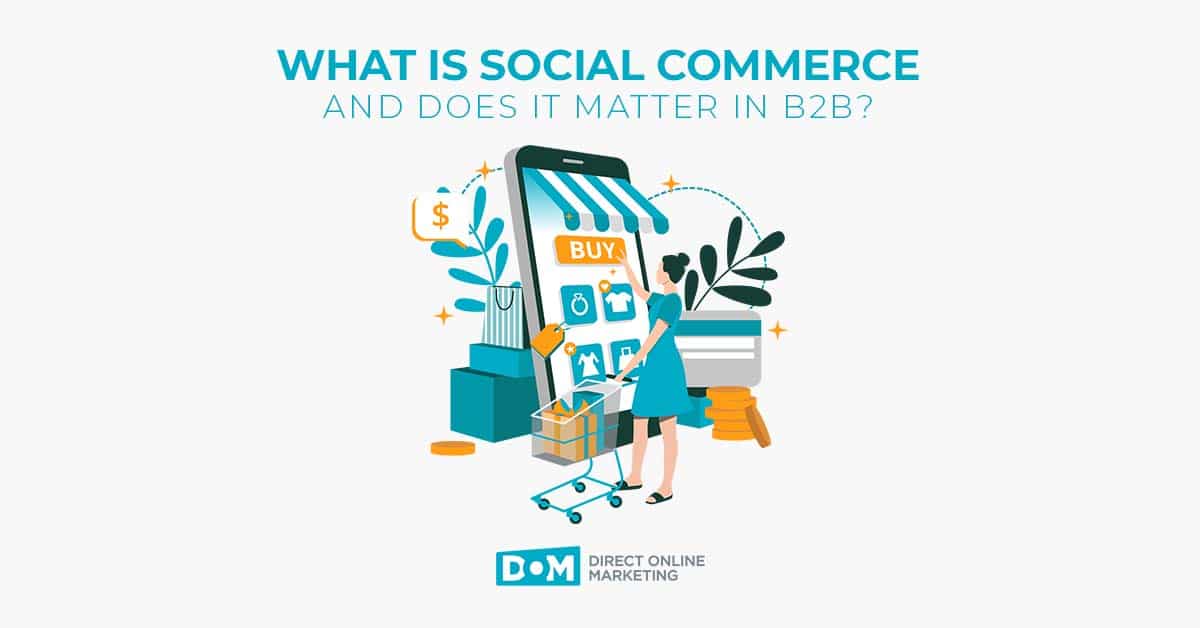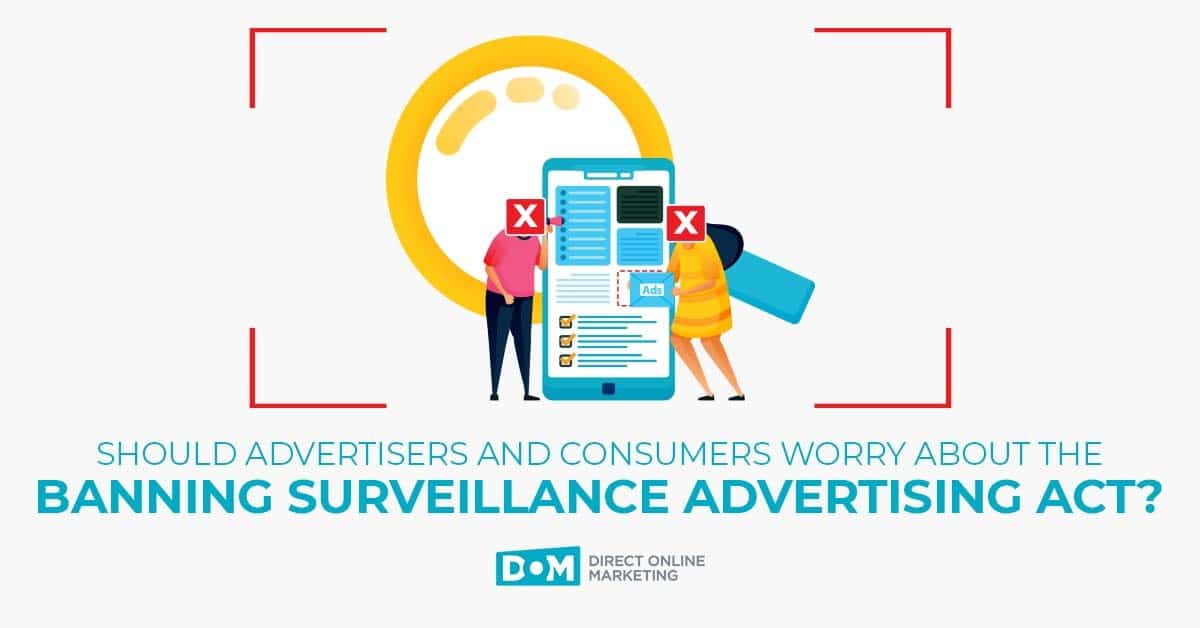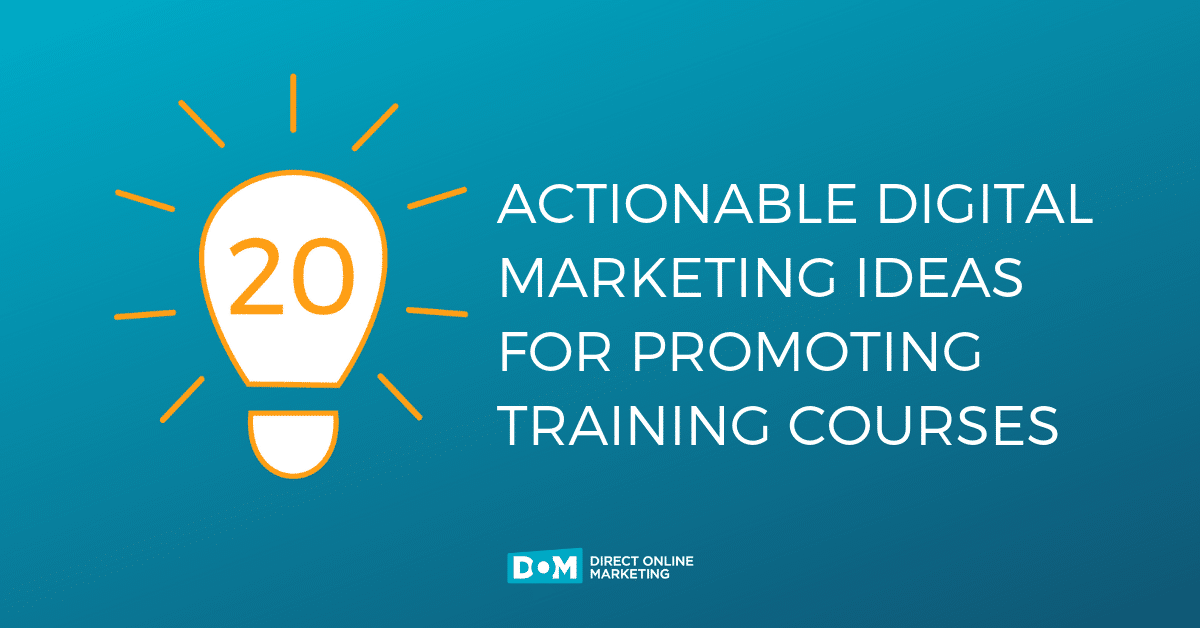
Targeted advertising doesn’t have to be like finding Waldo or the proverbial unicorn. It doesn’t have to be difficult and stressful (although it most-often is). If you’re a B2B advertiser or just looking to reach a more professional audience, LinkedIn is the place! While every platform is not perfect for every advertiser, here are a few insights and tips to help you make the most of LinkedIn Advertising.
Target Audience
There are 300 million members in over 200 countries across the world on LinkedIn. The U.S. has the largest membership at 40 million+ members, followed by Europe, India, Canada and Australia. Of these, there are 1.3 million small business owners, 12 million small biz professionals and over 2 million c-level execs on LinkedIn. These are not just your general consumers, these are biz pros who know what they want and need.
With LinkedIn advertising, you can target based on,
- Geography
- Job Function
- Seniority
- Industry
- and actual, specific companies
Geography is pretty self-explanatory, but I will tell you it’s not for an extremely targeted, local campaign. You can target countries, states, and major metro areas, but you cannot get down to the zip code or county level. For example, West Virginia (where I’m from) and other smaller states, you can only select the whole state.
Job function and seniority can complement each other very nicely. Say you only want pros in the accounting department, but you need to get in front of the director or c-level execs- Done! Maybe you’re not looking for any specific function, but only want managers and VPs- Done! You can also target users based on a specific title. Looking to target senior software engineer- Done! Industry and company size are another couple of options advertisers have. Want to get your ad in front of pros in agriculture who work for a company larger than 500- Done! Yes, you can get that granular. And, yes, you can overlay most of these options for very refined and targeted advertising.
Let’s not forget one of the coolest features is the ability to target actual employees who work for a specific company. You can also do the reverse and exclude certain companies from seeing your ads.
Lastly, advertisers can target by:
- School name
- Field of study
- Degree
- Skills
- Groups
- Gender
- Age
See, I told you they make it easy to find your audience!
Types of Ads
LinkedIn offers two main types of advertising; Premium Display Advertising, which has a hefty minimum ad spend, and Self-Service Ads. The self-service will be the focus of everything to follow.
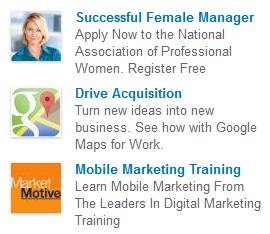
These ads feature a 50×50 image, headline and short copy to entice the user. They can be found at the top of the page or on the right rail.
Pros: CPCs can be relatively low. They aid awareness.
Cons: The image is so small and we’ve not seen great results. Impressions can be high, but clicks and on-site metrics have not been outstanding.
Sponsored Updates
With LinkedIn’s Sponsored Update ads, you can choose to promote a Company Update that you’ve already pushed or create a Direct Sponsored Content which essentially creates a new update that is not pushed to your feed. The only users to see this post will be your target audience.
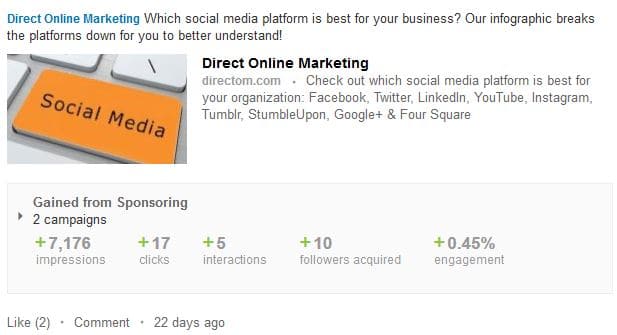
Pros: These ads go directly into your target audience’s feeds, can be shared, have a larger image, and typically have better results. Plus, you only pay when someone clicks into the link. Advertisers do not get charged for shares, interactions or clicks to the company’s LinkedIn page.
Cons: More expensive than Text ads. We typically see an average CPC in the $5.00-$6.00 range.
Note: LinkedIn has a minimum daily budget of $10. Depending on the type of campaign, this may only be enough for one or two clicks per day, so keep this in mind when planning your budget.
How to Bid
- CPM: Cost per Thousand Impressions: If you’re advertising goal is awareness, CPM is best your bet.
- CPC: Cost per Click: With CPC you only pay when someone clicks on your ad, making impressions somewhat free.
Note: Choosing CPM or CPC is not as simple as awareness or clicks. If you have a smaller audience size, under 100k, you should consider running CPM. If you start with CPC and you’re not seeing the impressions, then switch to CPM. Once you get the impressions, you’ll find the clicks will follow.
Optimization: Similar to other social advertising, once you see impressions starting to decrease, it’s time to refresh the ads. Don’t wait for them to fall too far, though. Make sure you…..
- Test, test, test. (Have you ever noticed that marketers can never just say that once!)
- Try different images.
- Have different campaigns for different audiences, especially if they’re fairly diverse. It doesn’t make sense to target c-level execs in the same campaign as an intern, especially if the messaging should be altered.
- Have separate campaigns if your audience is too large. Perhaps you need to split it apart, strategically, to properly analyze the effects.
- Play with bidding. If it seems you’re not getting as many impressions as you should for your target audience, try increasing the bid. Or, depending on your budget, you may actually need to decrease slightly in order to get enough clicks. Regardless, you should bid at least the minimum suggested by LinkedIn.
Analysis: LinkedIn doesn’t offer its own analytics platform, but they do have some cool insight into who clicked your ads. They’ll show you clicks by job function, region, industry, seniority and company size.
In order to get full results in analytics, such as Google Analytics, make sure you’re tagging the URLs with source, medium, and campaign- at the least. If you want more granular details, tag each ad with different ad content (i.e. image, price point, copy test, etc.). This will help you have a better understanding of which campaigns/ads are actually performing well.
In the end, it’s all about targeting, testing and analyzing- same as with any advertising. But, LinkedIn certainly does make it easy to target professionals. How will you use LinkedIn advertising?
